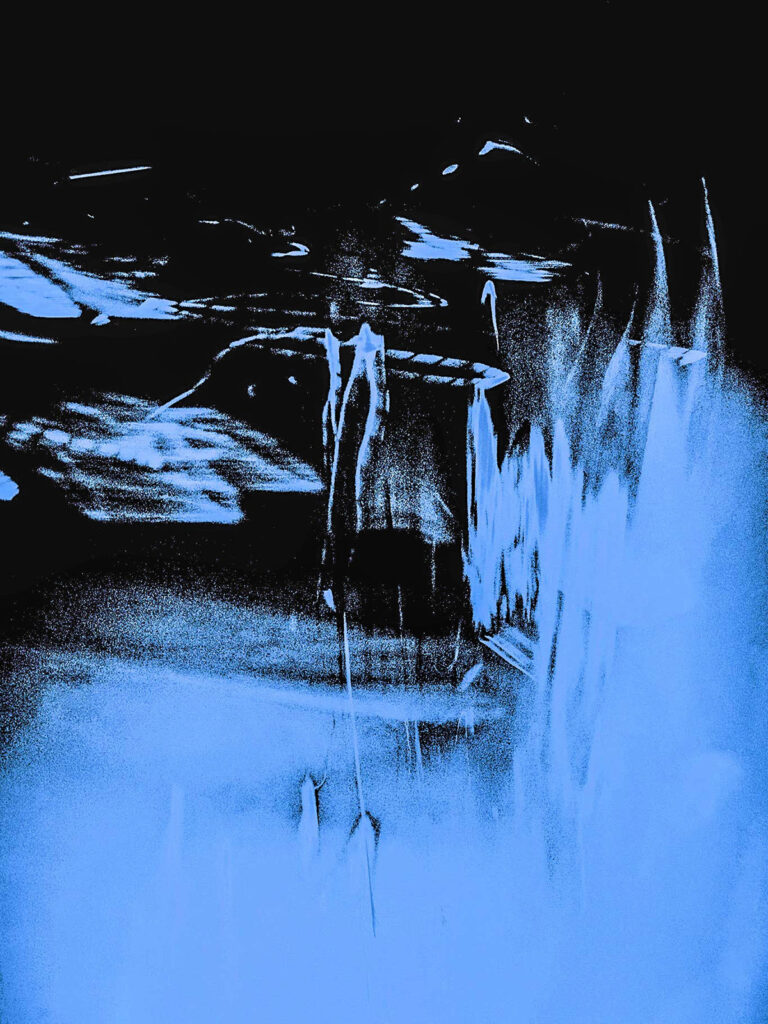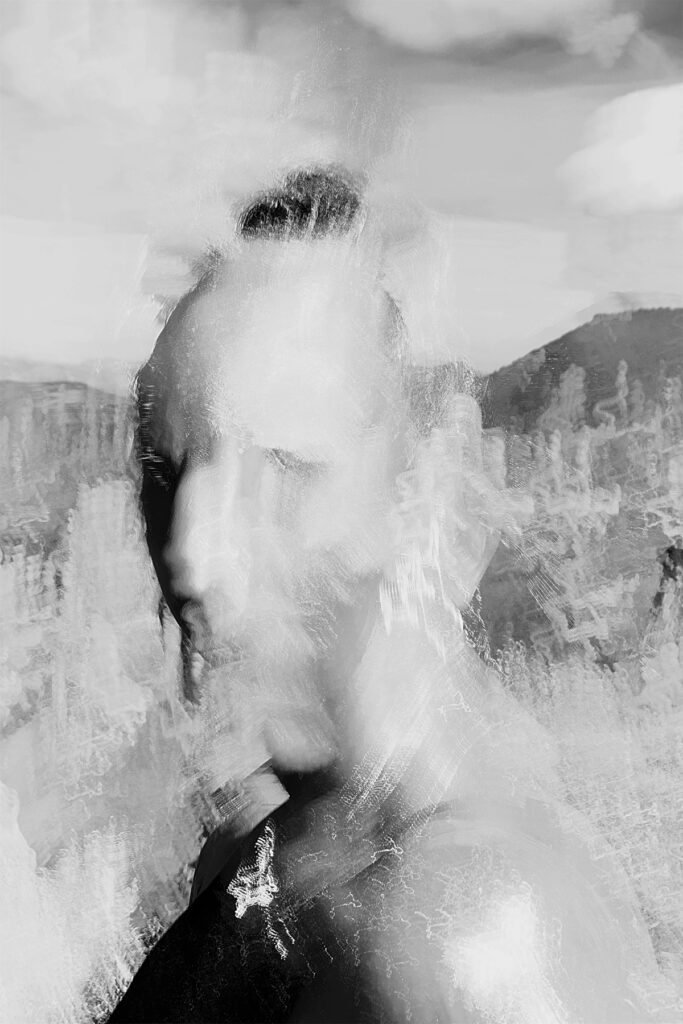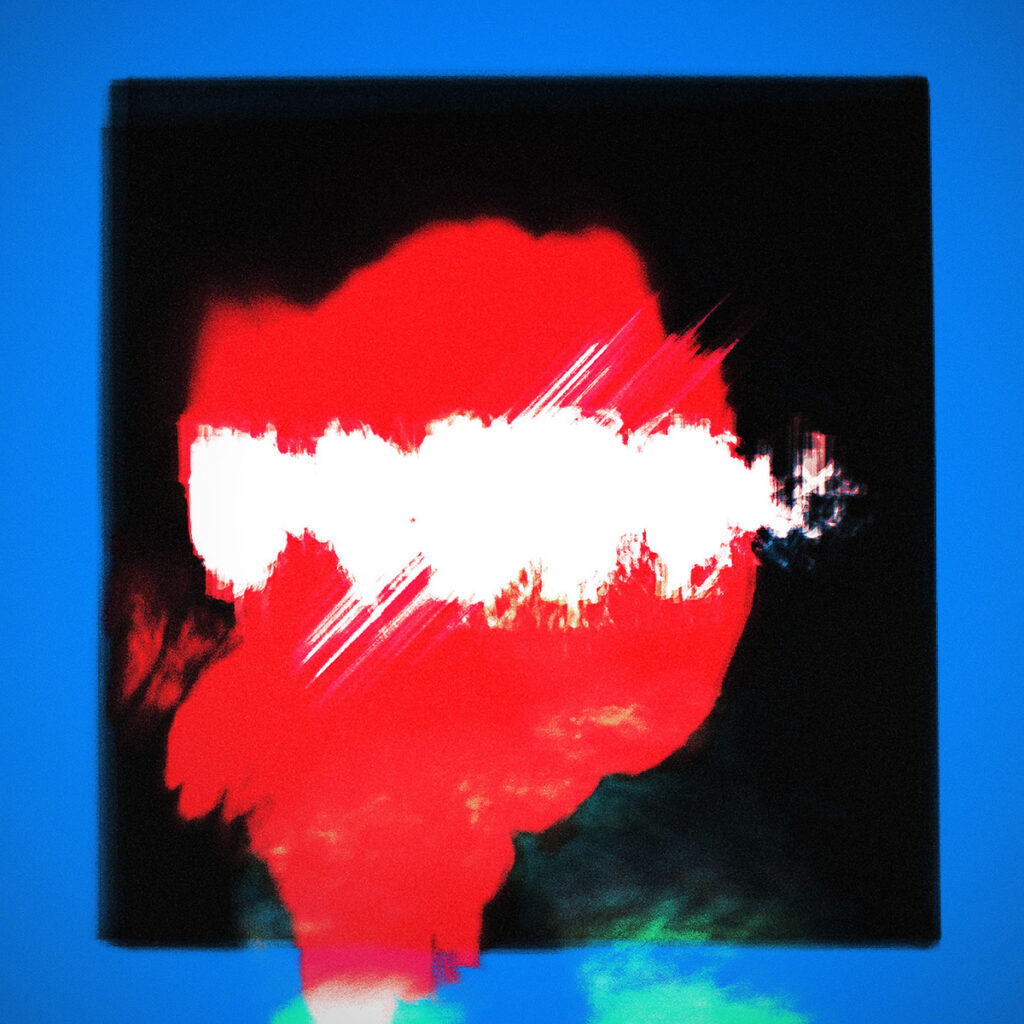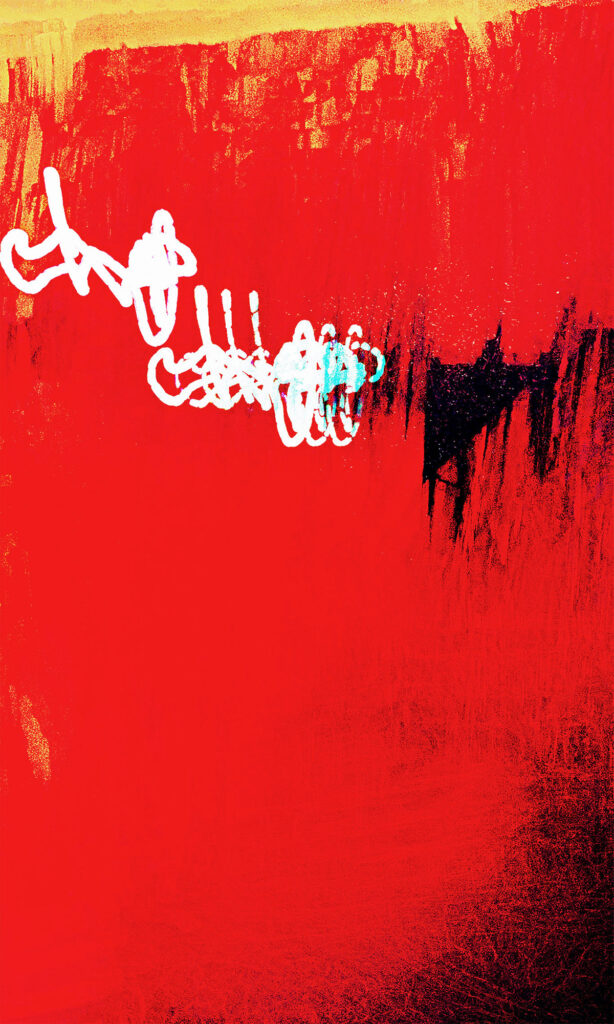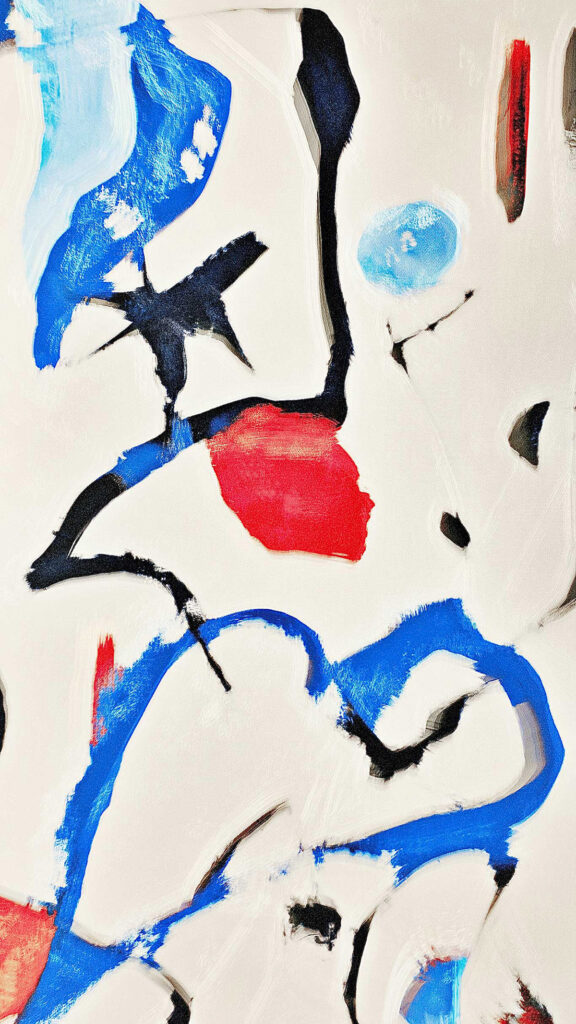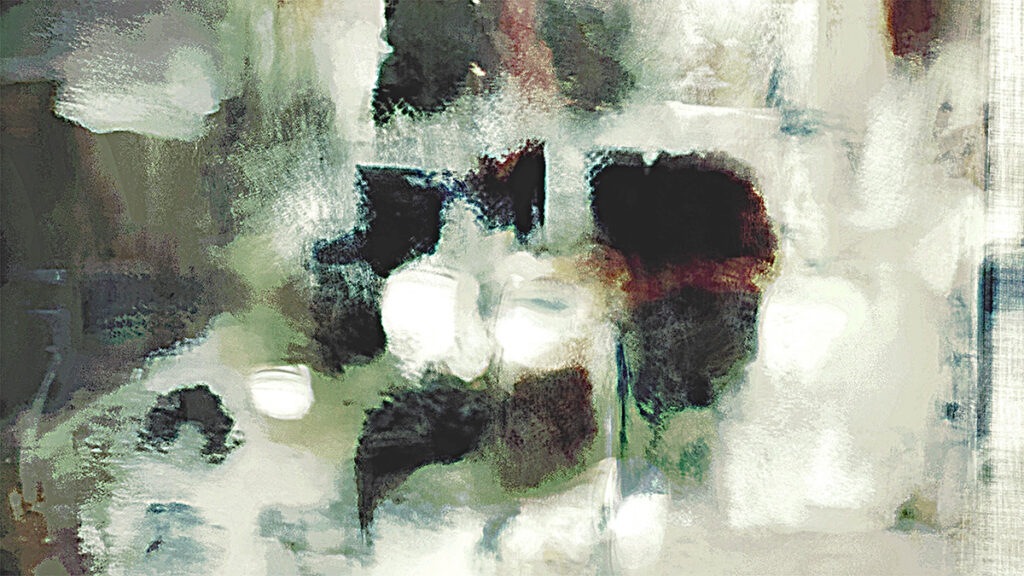
About BMJ
BMJ is a Seattle-based artist specializing in abstract photography, a distinctive technique often incorporating motion and camera to create and capture art. BMJ uses a peculiar procedure called ICM, or Intentional Camera Movement. Combined with various times and editing processes, one immerses in a visually and emotionally engaging experience. We recently had an exclusive interview with BMJ in which he tells more about his exciting art technique and life. Enjoy reading the entire article to find inspiration!
Let’s start from the basics. What’s your name, and where have you grown up?
As an artist, I go by BMJ, and where I spent my time growing up is a complex story. To simplify, I was born in California and spent most of my life on the move, growing up between the states of California and Washington (where I currently reside).
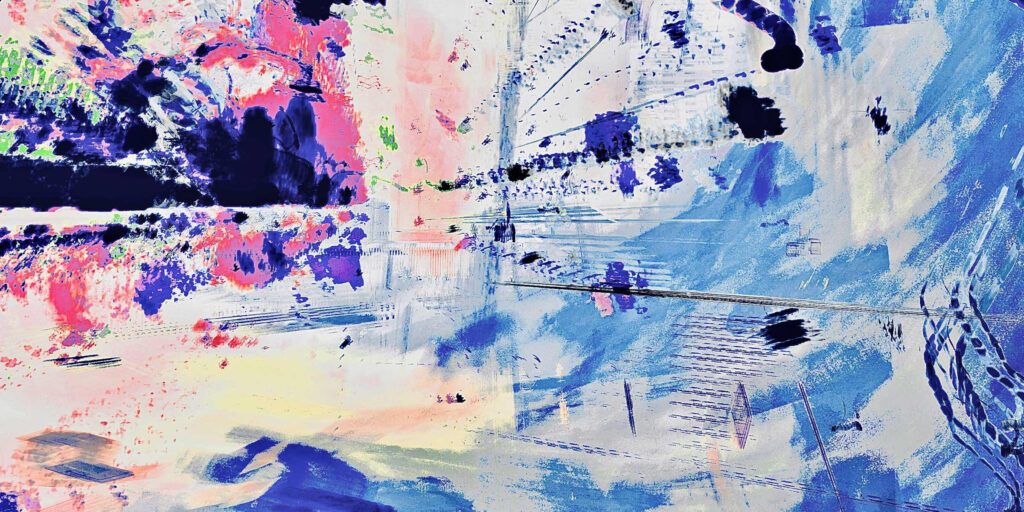
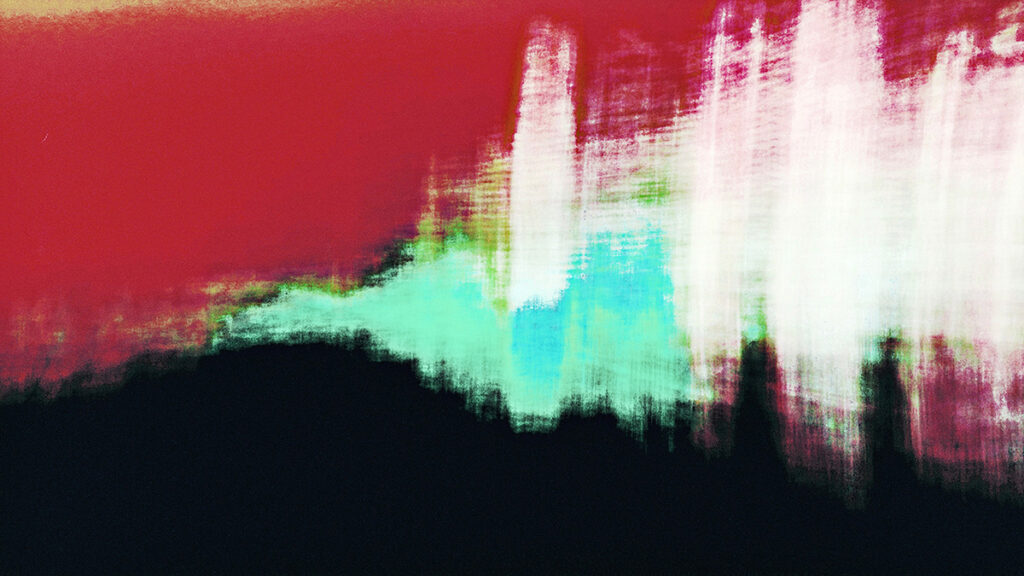
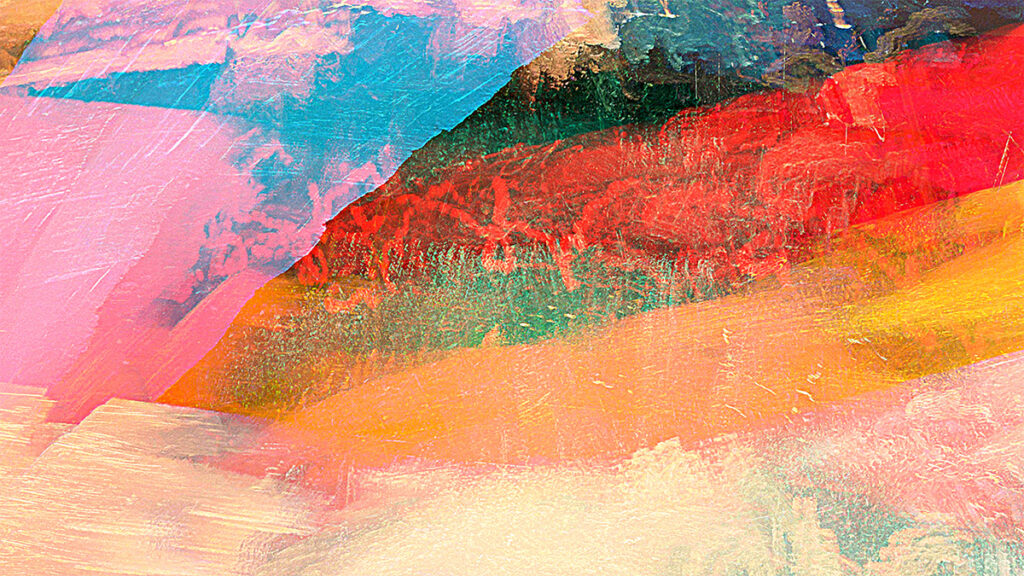
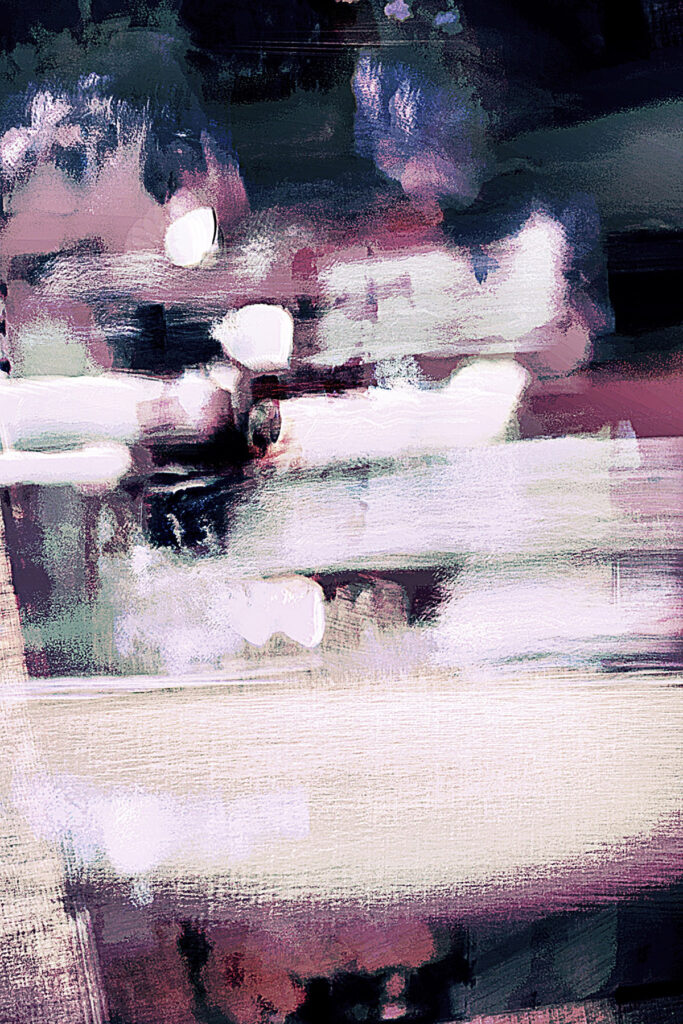
When or how have you understood you wanted to become an artist?
As a child, whenever I created art, it was the only time I recall receiving positive reinforcement, the kind that makes one think, “maybe that’s who I’ll be when I grow up.” And if I’m honest, creating art was more about escaping life; it was about getting lost in a moment in time where I finally felt adequate, confident, and joyful.
So when the time came for me to live independently, I headed off to art college, hoping to become an artist, and I left as a designer. The pressure to earn a living became overwhelming during that journey, and becoming a designer felt more attainable and prosperous. And even after twenty-plus successful years as a designer, the desire to pursue art has never faded.
Can you briefly describe your technique and tell us what drives you to make art?
When asked about the types of paints and brushes used while creating my art, those inquiring are often surprised when I tell them the camera is the brush, the screens the canvas, and anything visible through the camera’s lens becomes the paint. And that surprise is often followed by intrigue after sharing that I also do not use digital brushes, textures, blur, or distortion effects.
My technique is simple. I combine slow-shutter speeds with intentional camera movement (ICM). After which, I apply various photo editing explorations unique to each photo. Recognizing when you have captured something special, knowing just how far to take the color explorations, and knowing where to crop the image is where the process becomes complex.
And to date, everything created has been done using only an iPhone, and I refer to this type of art as Abstract iPhoneography.
The drive behind my creations comes from being neurodivergent with invisible disabilities and needing a way to manage in a world where I do not feel I belong. I find peace within the process, and the results provide a sense of familiarity and comfort as if I have found my place in this world.
What is the main feature that has changed in your works or practice throughout the years?
My focus while growing up was always on drawing. It wasn’t until 6 or 7 years ago, when I unknowingly took a picture with my phone in motion, that I discovered abstract photography. When I stopped to look at that photograph, all I could see was the art hidden within the chaos of the blurred image. And it was at that moment I realized that I had found my place in the art world.
Which artist primarily inspires your work? And is there something else, outside visual arts, that keeps you motivated?
That first question is challenging, as there are so many amazing artists in the world, past and present. And I would have to say the works of Helen Frankenthaler, Wassily Kandinsky, and William de Kooning have been the most inspiring throughout my life.
And, if I’m honest, I find the same level of inspiration in everything I see in everyday life. For me, it’s challenging to look at something, anything, and not immediately imagine what I could create with it.
Outside of visual arts, hands down, my wife and children are my biggest motivations. I want them to be proud of me, to see that “normal” is unique to the individual and how we must learn to embrace that uniqueness, for that is our gift.
How would you like people to engage with your work?
I want people to engage with the curiosity, imagination, and openness needed to experience a new and unique perspective of the world in which we live.
Spread the word! Do you have anything exciting on the horizon?
I design for a living, so my art has always been a hobby, used as a coping mechanism, a way to confront lived experiences — a way to heal. And if creating art can help one heal as much as viewing art can, I have a responsibility as an artist I have yet to fulfill. Hence the reason for this publication (and many more to come).
So what’s next on the horizon? Honestly, I don’t know because I don’t know what I’m doing. What I do know is that I’m going to take my time so that I can enjoy the journey. I’m not one for social media, so for now, I’ll continue reaching out to publications to share my art and my story. Hopefully, someone out there will help point the way.
You can view more art on my website at BMJ.ART!
